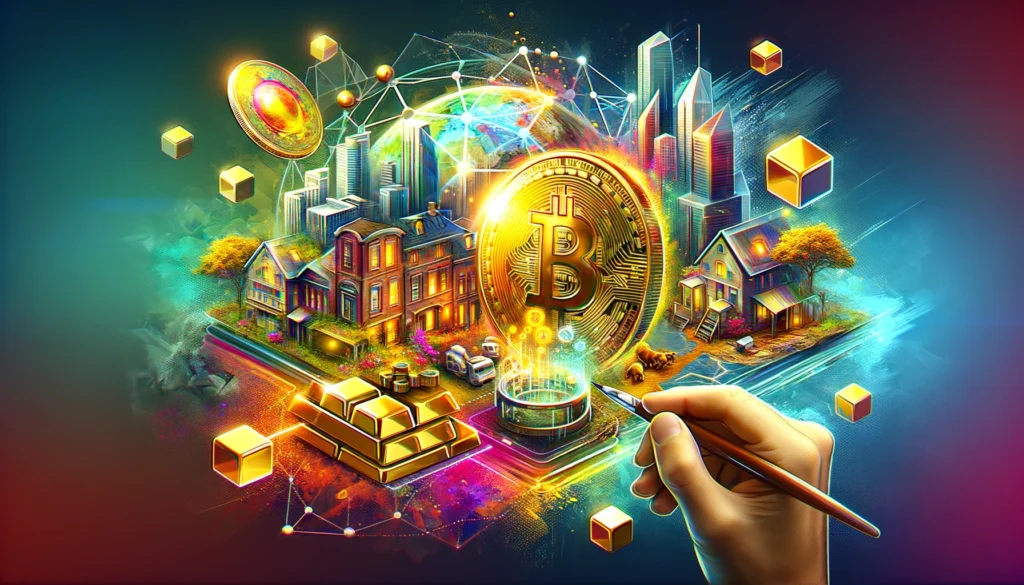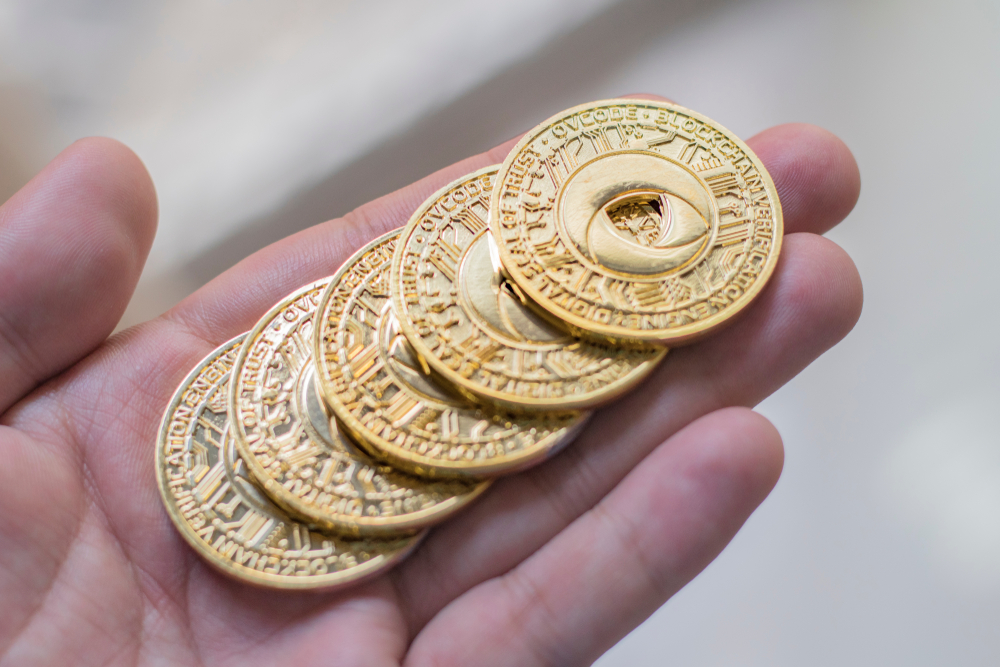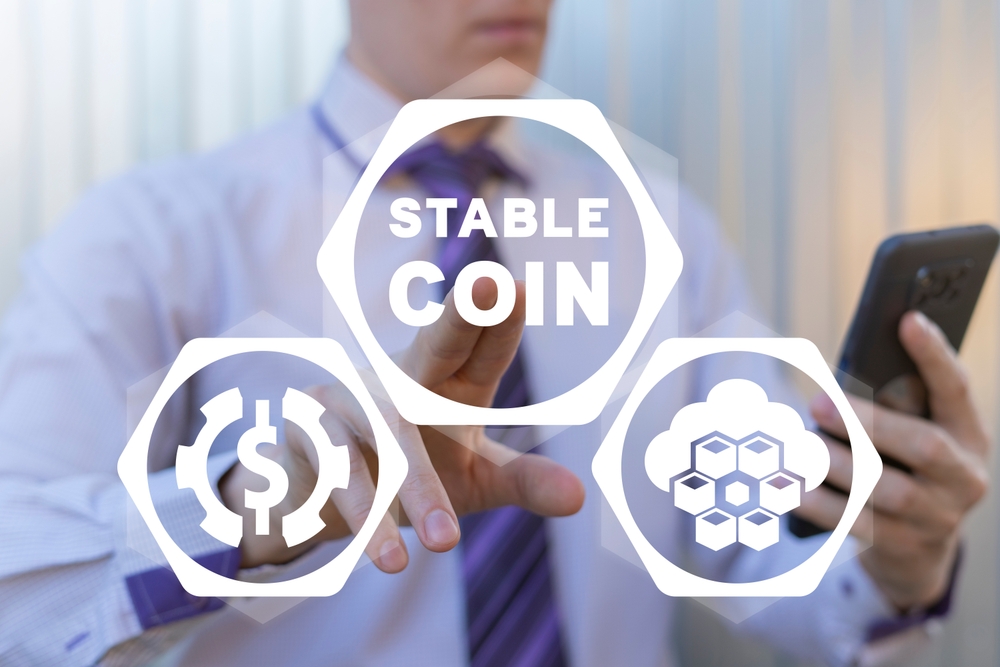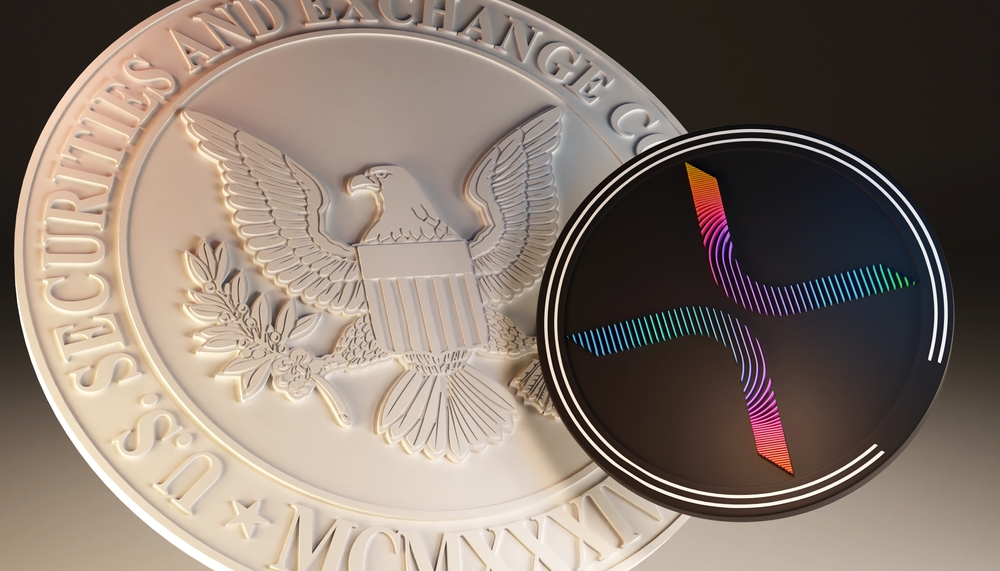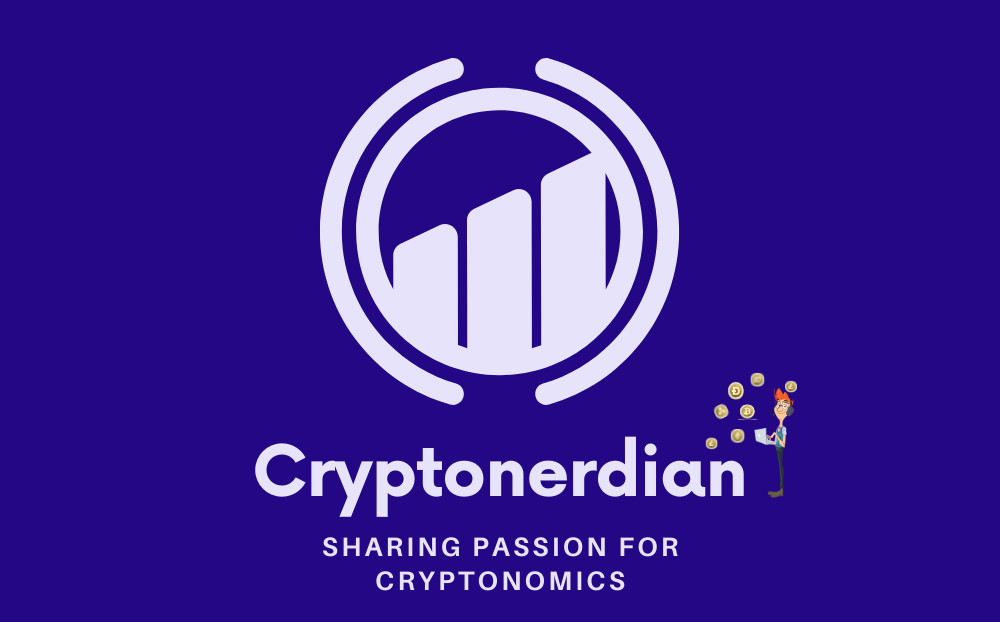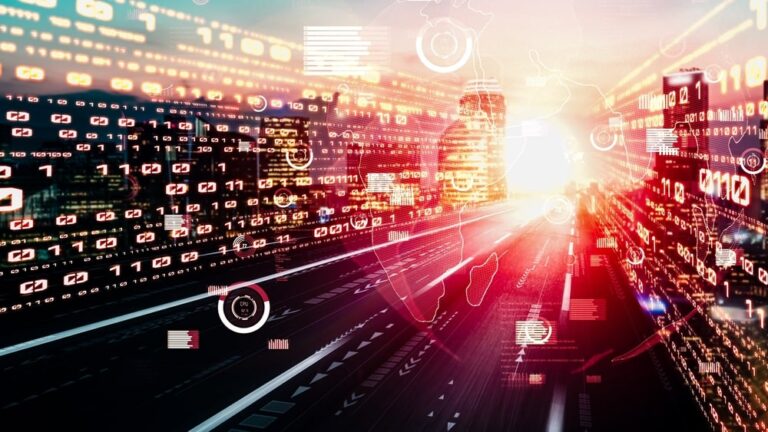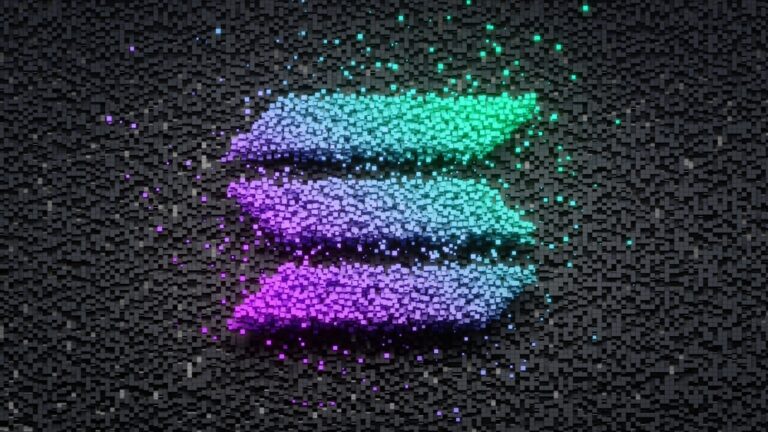In the evolving landscape of cryptocurrency, Real World Asset (RWA) Altcoins are gaining momentum, offering a bridge between traditional financial assets and the cryptocurrency market. Mantra stands at the forefront of this innovative approach, tokenizing real-world assets to enhance liquidity and accessibility. By leveraging blockchain technology, Mantra aims to provide a secure and transparent platform, making it simpler for investors to tap into the value of tangible assets through cryptocurrency.

The Mantra ecosystem is built upon a robust technological foundation aimed at integrating the physical and digital economies. It acknowledges the importance of adherence to compliance and regulatory standards to foster trust and stability within the financial sector. The advent of RWA Altcoins like Mantra is poised to impact the financial ecosystem significantly, presenting new market opportunities and potentially reshaping the way we view asset ownership and investment strategies.
Table of Contents
ToggleKey Takeaways
- Mantra provides a blockchain-based platform for tokenizing real-world assets, enhancing liquidity and access for investors.
- The ecosystem is designed with strict compliance to regulatory standards, prioritizing transparency and security.
- Mantra’s introduction of RWA Altcoins could influence traditional asset investment, opening new market opportunities.
Understanding RWA Tokenization

In the realm of blockchain, RWA tokenization stands as a pivotal innovation, aiming to bring liquidity to the vast $16 trillion RWA economy. It involves converting ownership rights of real-world assets into digital tokens, representing a significant leap forward for the industry.
Basics of Real World Assets
Real World Assets (RWAs) are tangible or intangible assets that exist in the physical world as opposed to crypto assets, which are natively digital. These encompass a wide range of holdings such as real estate, artworks, commodities, and financial instruments. The $16 trillion RWA economy is a testament to the diversity and scale of assets that could be tokenized, presenting a huge market opportunity for the industry.
Tokenization of RWA
Tokenization is the process through which an asset’s value is converted into a token that can be transacted on a blockchain. Tokenization of real-world assets implies creating a digital twin of the asset on a distributed ledger, allowing for fractionalized ownership and improved liquidity. The process offers a novel way for investors to enter the market with digitized claims on RWAs, potentially democratizing access to assets that were previously difficult to divide or trade. Tokenized assets thus carry the potential to redefine transactions within the industry, making them more transparent, efficient, and accessible.
The Mantra Ecosystem

The Mantra ecosystem represents an advanced landscape in the digital asset space, focused on creating a safe and comprehensive environment for DeFi and various dapps within its mantra chain. Here’s a deeper look at the crucial components and the role this ecosystem plays in decentralized finance.
Core Elements of Mantra Chain
Mantra Chain encompasses a robust constellation of components. Protocols within the Mantra ecosystem serve as the foundation, ensuring secure and efficient transactions. Specifically, the chain includes:
- Smart Contracts: Immutable agreements that facilitate, verify, or enforce the negotiation or performance of a contract autonomously.
- Consensus Mechanisms: These are the heartbeats of the chain, providing security and decentralization.
- Dapps (Decentralized Applications): They range from simple smart contract interfaces to complex decentralized exchanges, all running atop the Mantra Chain.
Each element contributes to an ecosystem designed for scalability, interoperability, and user engagement.
Role of Mantra in DeFi
Within the Decentralized Finance (DeFi) sector, Mantra plays a pivotal role. This includes:
- Governance: Users can participate in the governance of the protocol, having a say in the future developments and decisions.
- Liquidity Provision: It supports liquidity provision, a critical aspect of DeFi that affects trading volumes and token stability.
As a result, Mantra not only supports existing DeFi applications but also fosters the development of new financial products on the Mantra Chain, expanding the overall capability of its ecosystem.
Technological Foundations

The RWA Altcoin: Mantra leverages advanced cryptographic techniques to underpin its blockchain-based infrastructure, focusing on interoperability and layer-specific security to ensure robust and reliable transactions.
Blockchain and Interoperability
RWA Altcoin: Mantra operates on a layer 1 blockchain, which serves as the fundamental network for the cryptocurrency. This underlying blockchain is designed with cross-chain interoperability in mind, allowing it to seamlessly connect and transact with other blockchains. This interoperability is a key component, as it enables the fluid exchange of assets and information across diverse networks, leading to a more integrated and efficient blockchain ecosystem.
- Interoperability Features:
- Cross-chain asset transfers
- Protocol integration with other blockchains
- Decentralized applications (DApps) connectivity
Security and Protocol Layers
Security is paramount in the architecture of RWA Altcoin: Mantra. The blockchain utilizes multiple protocol layers to provide robust onchain security measures. By separating different functionalities into distinct layers, the RWA Altcoin: Mantra blockchain can isolate and protect various processes, ensuring that each transaction is verified and secure.
- Security Measures:
- Layer separation for specific functions
- Enhanced cryptographic algorithms
- Rigorous consensus mechanisms
Each layer is meticulously designed to safeguard against vulnerabilities and to maintain the integrity of onchain transactions.
Compliance and Regulatory Landscape

The Compliance and Regulatory Landscape in the realm of Real World Asset (RWA) altcoins like Mantra necessitates a robust framework to meet the stringent requirements of governing bodies. Entities issuing and trading these tokens must navigate through a complex web of regulatory guidelines to maintain legality and assure investor confidence.
Ensuring Regulatory Compliance
Entities involved with RWA altcoins must secure necessary regulatory approvals and licences to operate legally within each jurisdiction. Compliance with regulatory requirements is paramount to protect investors and maintain the operations of digital assets within the bounds of the law. Every aspect, from the distribution of tokens to the handling of investors’ information, is scrutinized under the lens of regulations.
- Key Areas for Compliance:
- Protection of investor funds
- Accurate and timely disclosure of information
- Anti-money laundering (AML) protocols
- Counter-terrorist financing (CTF) measures
Adherence to such regulations not only mitigates legal risks but also enhances the credibility of the entity issuing the RWA altcoins.
Global Standards for Tokenized RWA
For RWA altcoin issuers, aligning with global standards is crucial to gain international traction and regulatory compliance across borders. These standards ensure that RWA tokens, like those represented by Mantra, adhere to a collective set of best practices, facilitating a smoother process for regulatory approval worldwide.
- Aspects of Global Standards:
- Uniformity in token structure
- Consistency in reporting and disclosure
- Compliance with international financial regulations
By meeting these global criteria, issuers can more efficiently navigate the intricacies of international finance, and investors can engage with RWA altcoins with greater confidence in their legal and regulatory standing.
Financial Ecosystem Impact

RWA Altcoin, also known as ‘Real World Asset Altcoin,’ offers a compelling blend of traditional finance features and innovative cryptocurrency dynamics, with significant implications for the financial ecosystem. This integration not only energizes economic growth but also spearheads financial innovation across markets.
Traditional Finance Bridge
RWA Altcoins act as a critical link between traditional finance (TradFi) and the evolving crypto space. By anchoring cryptocurrencies to tangible assets, they instill a layer of stability and trust that is often amiss in the volatile cryptosphere. This bridge provides a gateway for TradFi to engage with decentralized finance (DeFi), potentiating a symbiotic relationship that accelerates the adoption of financial innovation in mainstream markets.
Cryptocurrency Market Development
Through the incorporation of real-world assets, RWA Altcoins contribute to the maturity of the cryptocurrency market. They expand the utility of digital assets beyond speculative trading, fostering a more inclusive financial ecosystem. As these altcoins grow in sophistication and user base, they play a pivotal role in the proliferation of crypto as a legitimate and growth-oriented component of the global economic landscape. This development highlights the transformative power of financial innovation within both crypto and TradFi sectors.
Key Players and Partnerships

In the rapidly evolving world of RWA Altcoin and Mantra, institutions and strategic collaborators play pivotal roles. Partnerships and adoption by key players have established a backbone for the ecosystem, ensuring growth and stability within the market.
Institutional and Enterprise Adoption
Institutions: RWA Altcoin’s growth has been significantly supported by the confidence of institutional investors, which include venture firms and financial bodies. For example, Three Point Capital, renowned for backing innovative technologies, has notably funneled institutional capital into Mantra.
Enterprises: Enterprises are not only adopting RWA Altcoin for transactional purposes but are also integrating it into their existing financial infrastructures. A notable partnership is with Virtuzone, which facilitates business operations and shows Mantra’s integration into enterprise services.
Hex Trust: As an Asian blockchain bank, Hex Trust has provided a secure avenue for enterprises to adopt RWA Altcoin, ensuring a trustworthy custody service for institutional capital venturing into cryptocurrencies.
Strategic Collaborations and Funding
Developers and Users: Collaborations have created investment avenues that cater to the needs of both developers and users. GameFi Ventures stands out for promoting RWA Altcoin in the gaming industry, providing ample opportunities for user engagement and developer innovation.
Shorooq Partners & Three Point Capital: These capital firms have taken a strategic interest in Mantra, providing not only funding but also strategic advisory, helping to navigate the complex landscape of regulatory compliance and market penetration.
Virtuzone: The company continues to play a critical role not only as an adopter but also as a partner, providing strategic insights and collaboration opportunities within the business and regulatory sectors.
Through careful nurturing of institutional relationships and strategic partnerships, RWA Altcoin and Mantra demonstrate potential for expansion and increased market adoption, establishing itself as a formidable entity in the cryptocurrency world.
Market Opportunities and Risks

In the dynamic world of cryptocurrencies, RWA Altcoin: Mantra presents unique market opportunities and risks. Investors should approach these with a clear understanding of the potential for growth and the inherent complexities.
Investment Avenues and Growth
Market Liquidity: RWA Altcoin: Mantra’s trading volume is a critical factor determining its market liquidity. A liquid market can signify a healthy uptake by investors, facilitating quicker transactions and potentially more stable prices.
- Opportunities:
- Financial Inclusivity: RWA Altcoin: Mantra aims to provide broader access to investment opportunities, potentially empowering a wider demographic of investors.
- Investing Growth: As the project matures, it may attract more attention, driving demand, and possibly increasing the coin’s value as part of a diversified investment portfolio.
Understanding Market Risks
Complexities: Cryptocurrency investments are fraught with complexities, from regulatory uncertainty to market volatility. Investors should be cognizant of these aspects when considering RWA Altcoin: Mantra.
- Risks:
- Volatility: The value of RWA Altcoin: Mantra can experience significant fluctuations in a short period, affecting investment strategies.
- Regulatory Landscape: Changes in regulations can impact the cryptocurrency market, resulting in unforeseen risks for RWA Altcoin: Mantra investors.
Investors in RWA Altcoin: Mantra should continuously monitor market conditions, stay informed about regulatory changes, and balance their investment portfolios to mitigate risks associated with market liquidity and volatility.
Looking Ahead: The Future of Mantra

The evolution of Mantra is poised to be defined by strategic technological advancements and an increased global presence. The future will likely reveal a more diversified product suite and significant market development as adoption grows.
Innovations on the Horizon
Mantra is expected to introduce groundbreaking technologies to enhance its blockchain infrastructure. These innovations are aimed at securing a competitive edge within the digital asset market. The roadmap for Mantra indicates not just incremental improvements but potentially industry-shifting developments. Investors are particularly attentive to how these advancements will translate into real-world applications and efficiencies.
Expansion and Global Impact
As Mantra’s technology investor base grows, so does its potential for global market development. Expansion is a critical component, with the aim to reach a broader audience and bolster international adoption. The future growth of Mantra is closely linked to its ability to offer a diversified product suite that caters to the varied needs of users worldwide, from retail to institutional. This international push is expected to contribute to the robustness and maturity of the platform, fostering a more inclusive and dynamic economic ecosystem.
Frequently Asked Questions

This section addresses common queries about Mantra DAO’s market performance, updates in its ecosystem, investments in real-world asset cryptocurrencies, standout tokens, evaluation criteria for RWA-backed tokens, and stakeholders’ influence.
How do I perform a review of the Mantra DAO’s performance in the cryptocurrency market?
To review Mantra DAO’s performance, one can analyze its market capitalization trends, trading volume, and historical price movements. Analysts may also consider Challenging practical features of Bitcoin by the main altcoins to gauge its competitive position.
What are the recent developments and updates within the Mantra DAO ecosystem?
For updates in the Mantra DAO ecosystem, one should check official announcements on their website and community forums. Insights into their partnerships, protocol upgrades, and new feature rollouts provide an understanding of their current state.
In which real-world asset (RWA) cryptocurrencies is BlackRock investing?
BlackRock’s investment strategies are proprietary. However, one can refer to their public communications and financial disclosures to glean information about their RWA cryptocurrency interest, if any has been disclosed.
Which token tied to real-world assets stands out in the current market and why?
Tokens tied to real-world assets are varied, with distinctive features. One can look at market performance, regulatory approval, or asset backing to identify standout tokens. For example, tokens with robust asset backing may offer stability, attracting investors.
What criteria should investors consider when evaluating RWA-backed tokens?
When evaluating RWA-backed tokens, investors should consider the underlying assets’ quality, the token’s legal framework, transparency of the issuing organization, and the token’s liquidity in the market.
Who are the current stakeholders of Mantra DAO, and what is their influence on the project?
The stakeholders of Mantra DAO include the founding team, token holders, and participating node operators. They play a role in governance decisions, protocol improvements, and shaping the Mantra DAO’s direction through collective voting mechanisms.

